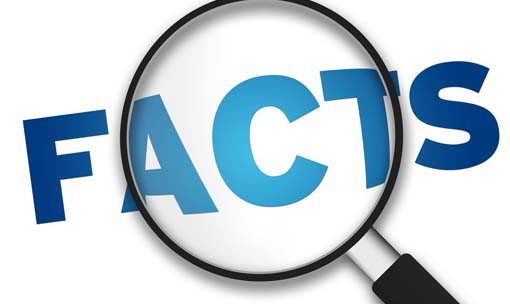- August 7, 2020
- Posted by: NorgayHR
- Categories: Business plans, Uncategorized

Article by Maja Garaca Djurdjevic Editor of My Business
While details of the government’s JobKeeper review can be found here, below we bring you some key facts about the next installment of the wage subsidy.
Who is eligible?
To be eligible for JobKeeper payments under the extension, businesses with an aggregate turnover of $1 billion or less will need to demonstrate that they have experienced a drop in turnover of at least 30 per cent; for those with turnover above this limit, the drop is 50 per cent; and charities are expected to show a 15 per cent shortfall.
But, from 28 September, businesses wanting to remain on JobKeeper will also need to prove they suffered an actual decline in turnover for the June and September quarters.
Subsequently, to keep receiving JobKeeper into 2021, on 4 January businesses will need to reconfirm their turnover shortfall for each of the June, September and December 2020 quarters.
Speaking on Tuesday, the Prime Minister explained these changes in detail.
“The changes that we’re making, the first of those is to apply the JobKeeper test for the 30 per cent turnover reduction across the past two quarters and into the next quarter for the continuing eligibility out to the end of March of next year,” Mr Morrison said.
“There’ll be the next quarter after September, and then there’ll be the March quarter. In both cases, businesses will have the test re-applied in relation to their turnover and will be looking at their performance over the first six-month period of the program, and that will provide, where it’s needed, the gateway into the next phase of the program.”
The Treasury has confirmed that the Commissioner of Taxation will have discretion to set out alternative tests that would establish eligibility in specific circumstances where it is not appropriate to compare actual turnover in a quarter in 2020 with actual turnover in a quarter in 2019.
What if I don’t meet the additional turnover test? Will the ATO discontinue my current payments before 28 September?
If a business or not-for-profit does not meet the additional turnover tests for the extension period, this does not affect their eligibility prior to 28 September 2020.
The Treasury has also confirmed that the JobKeeper payment will continue to remain open to new recipients, provided they meet the existing eligibility requirements and the additional turnover tests during the extension period.
What are the new JobKeeper amounts?
Besides stepping up eligibility, from a previously fairly fluid approach, the government has announced a significant reduction in the JobKeeper payment rate, scrapping its previous flat-rate approach.
“We made the conscious decision to have a flat-rate payment because we understood at that time that people were losing second and third jobs,” PM Morrison said of the original JobKeeper amount.
The PM elaborated that given the changed situation, a two-tiered system is now possible.
From 28 September 2020 to 3 January 2021, the payment rate will be $1,200 per fortnight for those who were employed full-time in the four weeks before 1 March 2020.
Employees working in the business for less than 20 hours a week on average will receive $750 per fortnight instead of the current single rate of $1,500.
However, this will change further.
In fact, from 4 January 2021 to 28 March 2021, the payment rate will be reduced to $1,000 per fortnight for full-time workers, and $650 for part-time employees working 20 hours a week or less.
The government has confirmed that businesses and not-for-profits entering JobKeeper 2.0 will be required to nominate which payment rate they are claiming for each of their eligible employees or business participants.
Will there be an alternative test?
The Commissioner of Taxation will have discretion to set out alternative tests where an employee’s or business participant’s hours were not usual during the February 2020 reference period.
For example, this will include where the employee was on leave, volunteering during the bushfires or not employed for all or part of February 2020.
The Treasury has confirmed that guidance will be provided by the ATO where the employee was paid in non-weekly or non-fortnightly pay periods and in other circumstances the general rules do not cover.
Other key points
The Treasury has said that the JobKeeper payment will continue to be made by the ATO to employers in arrears.
Moreover, employers will continue to be required to meet the wage condition, meaning they will need to make payments to employees equal to, or greater than, the amount of the JobKeeper payment (before tax), based on the payment rate that applies to each employee.





